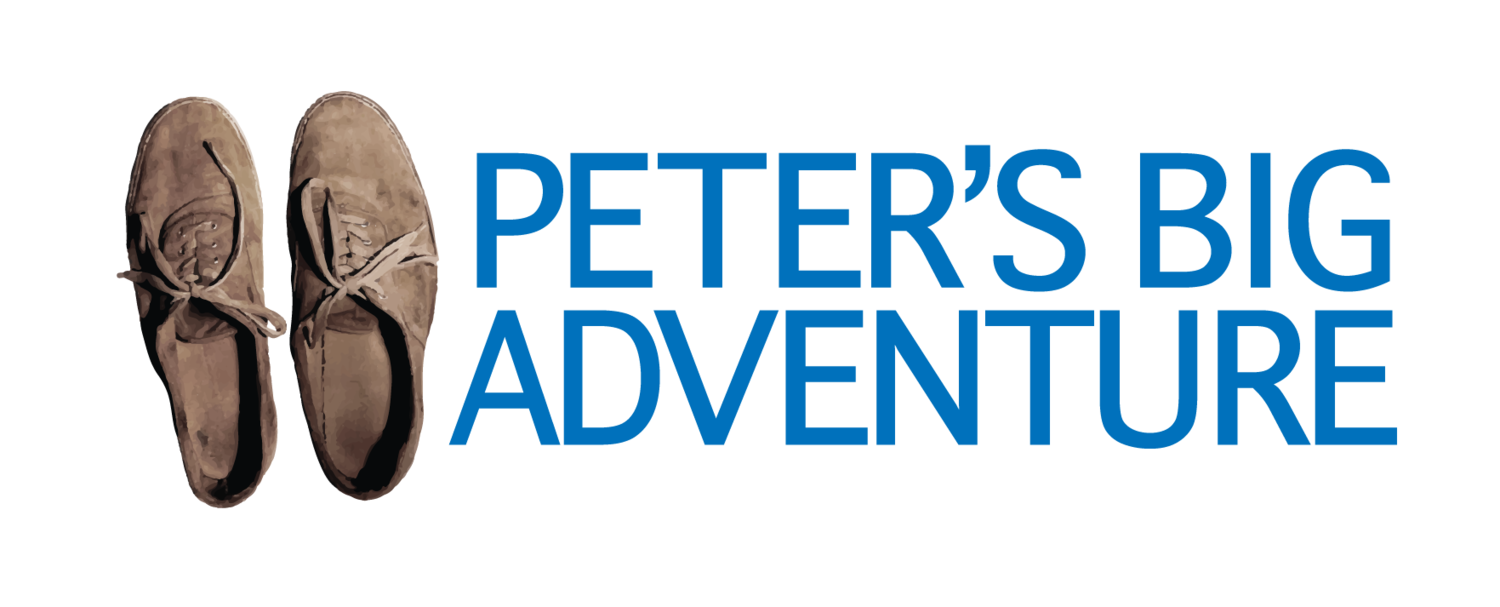Lake Sevan is the life blood of Armenia. This is the biggest water source in a small landlocked country, so its value as a natural resource cannot be overstated. It provides 90% of the fish consumed by Armenia, as well as a huge portion of the water used for agricultural irrigation and generation of electricity. And if you look at a map of Armenia, it’s probably the first geographic feature that you will notice. Armenia is not a big country—for my American readers, it’s about the size of Maryland—so a lake this big is hard to miss. Exactly how big is it? It’s about 1,900 squares miles, or about 1/6 of Armenia’s total surface area. That makes it a little more than half the size of Lake Erie. And at 312 ft deep, Lake Sevan is actually quite a bit deeper than Lake Erie. Although, it’s a bit less deep these days than it used to be.
It was this event that prompted the creation of the term “genocide.” There wasn’t really a word for this before the world started to do business with what happened to the Armenians. I’m going to tell you this story now, and I’m sure you will start to notice some eerie parallels with the Holocaust. In fact, the two aren’t entirely unrelated. But before we dive in, I’m going to warn you, this will be disturbing.
Once we got a bit closer to the city center, the vibes quickly became more difficult to categorize. Fast forward a few hours and I was in my happy place: out on the streets with my camera. I was eager to jump to conclusions, but the further I walked the less I sure I became of what I thought I knew. Some times I would pick up Middle-Eastern vibes from open-air restaurants in city squares, other times I would get European vibes from the little Armenian bakeries tucked away somewhere on every block. And the architecture on those blocks sometimes seemed to be European-adjacent… but then on the next block the buildings were giant, brutalist concrete blocks, serving as a striking reminder of Armenia’s Soviet past.
First up is going to be Armenia. I think Bourdain touched on something very interesting in his episode here—when you think of Armenia, most of us think about an Armenian. That’s definitely true for me (what’s up Tyler!), but it seems that this is a more common experience than I had realized. Even if you don’t know an Armenian personally, you’ve probably heard of the Kardashians. Or how about the band System Of A Down? These are two great examples of Armenians in Western pop culture. Everybody knows an Armenian.
THIS ARTICLE HAS BEEN PROMOTED!
Peter's Guide To Columbus, Ohio: Food Edition
This article has been moved to its own static page as a full-on city guide for Columbus.
THIS ARTICLE HAS BEEN PROMOTED!
Peter's Guide To Columbus, Ohio: Nightlife Edition
This article has been moved to its own static page as a full-on city guide for Columbus.
THIS ARTICLE HAS BEEN PROMOTED!
Peter's Guide To Coffee In Columbus, Ohio
This article has been moved to its own static page as a full-on city guide for Columbus.
For my American readers, I’m gonna go out on a limb here and say that there is no way in hell that you don’t know what Napa Valley is. But for my readers from abroad, I’ll explain just in case. Napa Valley is America’s postcard wine country. There are pockets of vineyards all over the country of course (Oregon is a notable wine producer as well), but Napa Valley is the epicenter of wine culture and cultivation in America. Napa Valley refers to a large fertile valley full of vineyards in Napa County, California, which just on the north side of the San Francisco Bay. Driving north through Napa Valley, there are a few towns that you will pass through, the first of which is also called Napa. The next major towns before the northern end of the valley are Yountville, St. Helena, and Calistoga.
I could talk about the history of San Francisco for ages, but this article is about what has been happening much more recently. Historically, the Mission had been home to a large part of SF’s Chicano/Latino population, but starting as early as the late 1960s, the LBGTQ community began to play a much more defining role in the neighborhood’s identity. You are probably already familiar with San Francisco’s reputation for being the gay capital of the U.S., but what you might not know is that much of this reputation was built right here in the Mission.
However, by the late 1970s, the Mission had become a much more multidimensional haven for fringe culture. It actually developed a thriving punk rock scene, and helped produced such bands as the Dead Kennedys, Jawbreaker, Rancid, and Green Day! Even today, you’ll see remnants of this scene walking around the streets of the Mission with colorful mohawks and studded belts.
First off, what I’m defining as “Richmond” here is actually made up of 4 smaller districts: Inner, Central, and Outer Richmond… and a little area to the north called Lake Street. This neighborhood (or group of neighborhoods) is essentially a big grid system, which, despite occupying an extremely urban area of San Francisco, is surrounded on almost all sides by nature.











